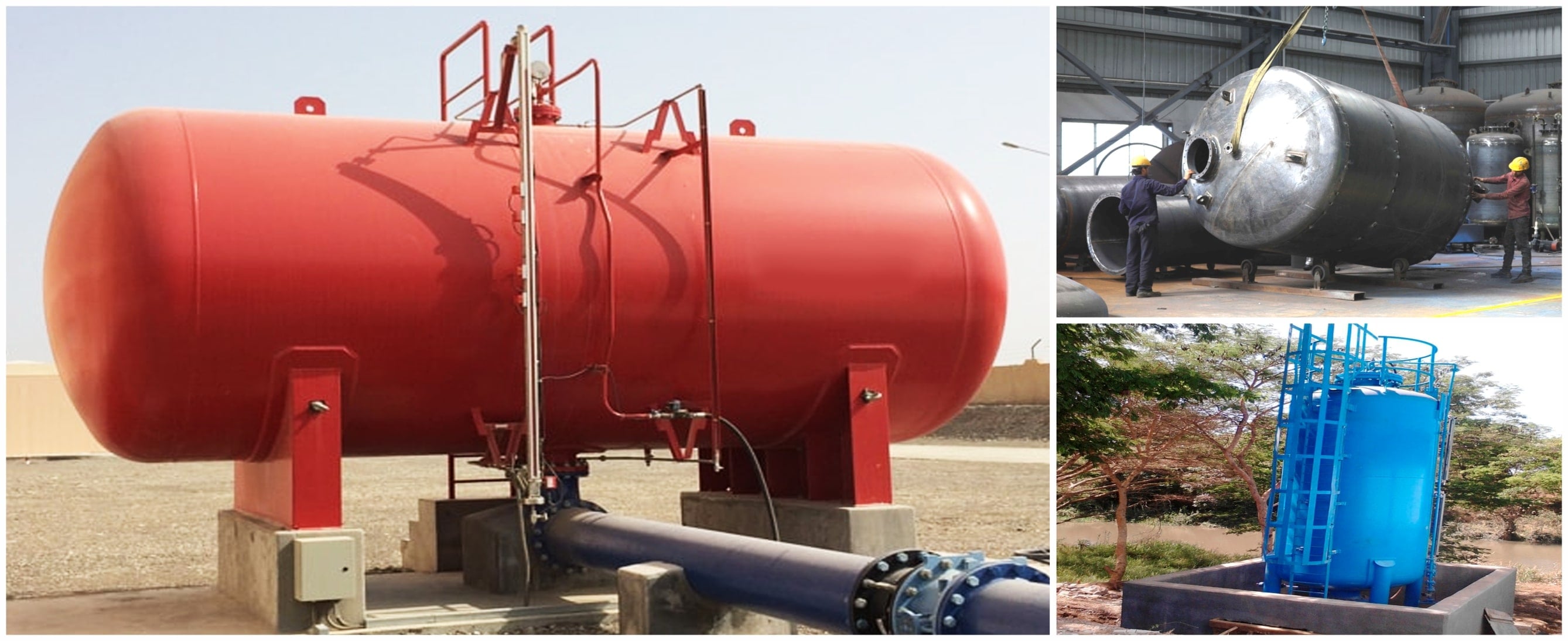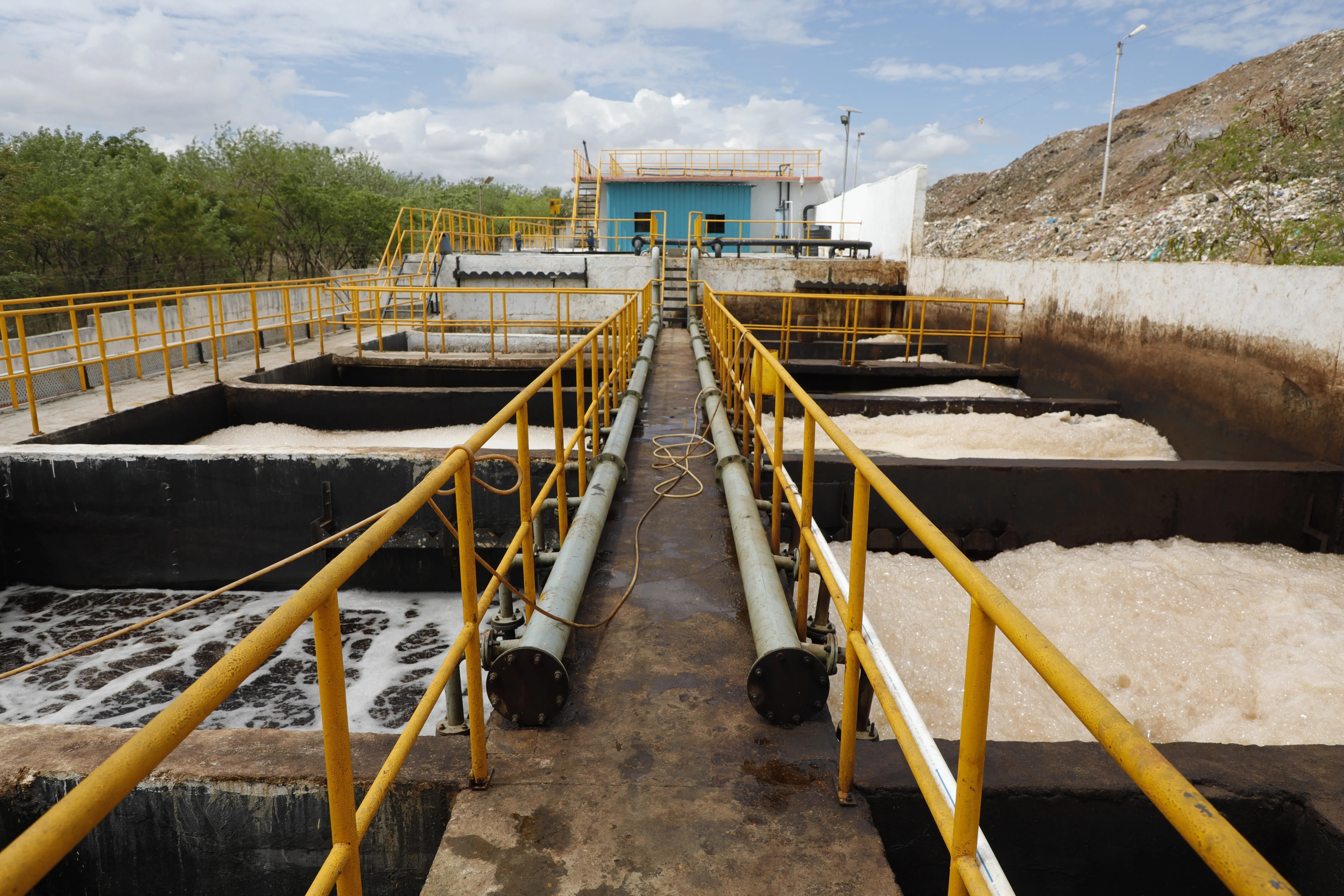Frequently Asked Question
Pressure vessels are used in a variety of water and wastewater treatment processes to separate and purify water. They are commonly used in reverse osmosis, ultrafiltration, and microfiltration systems to remove impurities from water. They can also be used in sewage treatment plants to provide the necessary pressure for the treatment process.
In reverse osmosis systems, pressure vessels containing semipermeable membranes are used to separate dissolved salts and other impurities from water. High pressure is applied to the water to force it through the membrane, leaving the impurities behind.
Pressure vessels used in water and wastewater treatment can include fiberglass reinforced plastic (FRP) vessels, stainless steel vessels, and polyethylene vessels. The choice of vessel material depends on the specific application and the type of water or wastewater being treated.
The frequency of inspections and maintenance for pressure vessels in water and wastewater treatment systems will depend on the specific application and operating conditions. It is generally recommended that pressure vessels be inspected at least once a year to ensure that they are in good working condition and to identify any potential issues.
Pressure vessels in water and wastewater treatment systems will eventually need to be replaced. Signs that a vessel needs to be replaced include leakage, corrosion, and structural damage. It's important to have regular inspections and any issues found should be addressed immediately.
Working with pressure vessels in water and wastewater treatment systems can be dangerous if proper safety precautions are not taken. It is important to follow proper procedures for handling and maintaining the vessels, as well as providing proper safety equipment and training for workers.
Pressure vessels in water and wastewater treatment systems must comply with a variety of regulations and standards, such as the American Society of Mechanical Engineers (ASME) Boiler and Pressure Vessel Code. It is important to ensure that the vessels are designed, constructed, and maintained in compliance with these regulations to ensure the safety and proper operation of the treatment system.
There are several ways to improve the efficiency of pressure vessels in water and wastewater treatment systems. Regular maintenance, keeping the vessel clean and free of debris, and monitoring the vessel for signs of wear and damage can help to prolong the life of the vessel and improve its efficiency.

57.webp)
34.webp?v=1639548670)
34.webp)

34.webp)
34.webp)